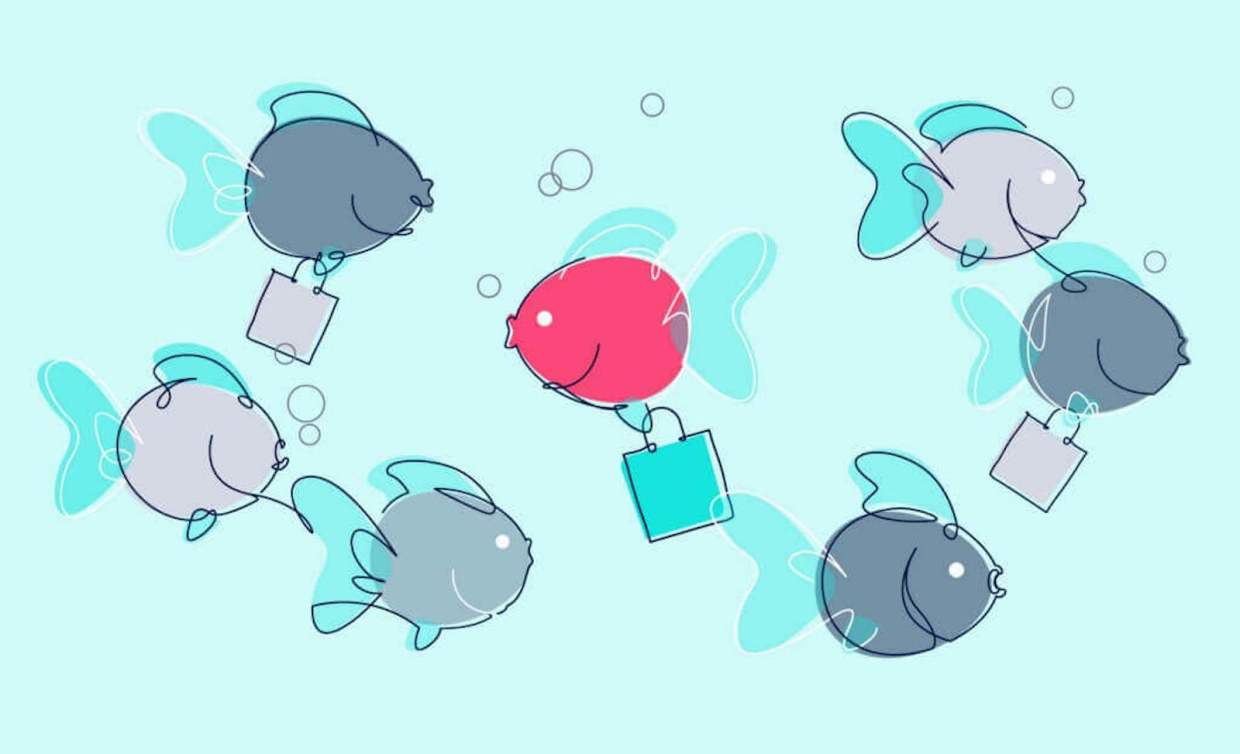Illustrated by Eugene To
If you drink coffee, then odds are you know how you like it. Maybe it’s an espresso first thing in the morning with a drop of almond milk. Or perhaps it’s two cups — black — when you first get to your desk and then an iced latte from the coffee shop across the street for an afternoon pick-me-up. Once it becomes your routine, rarely will you deviate. As far as habits go, coffee drinking is relatively benign. It may even help you live longer.
Habits are powerful things. Understanding them has been big business well before Charles Duhigg’s landmark 2012 book The Power of Habit became a must-read for marketers everywhere.
At Foursquare, we believe marketers can learn the most about their customers (and themselves) from the places they go. How can marketers combine a better understanding of habit formation and the power of place to influence customer behavior for the better? That daily trip to the coffee shop may be more important than you think.
Habits Are Hard to Break
As consumers, experts estimate that between 90 and 95% of our purchases are done on auto-pilot. We shop at the places that we always shop because we’ve always shopped there, and we buy the brands we always buy because we’ve always bought them. Habits take the guesswork out of the bulk of our daily choices. As Duhigg writes in his book, “without habits, our brains would shut down, overwhelmed by the minutiae of everyday life.”
It turns out that the purchasing habits we spend the least mental energy on are the hardest for marketers to change. Unlike deciding where to get lunch, we rarely spend much time deliberating over what shampoo to buy, we just get the one we regularly see in our shower. Sticking with the tried-and-true is just one less thing to think about.
We all know that the challenge of changing behavior isn’t limited to stealing customers away from the competition — habits underscore the entire customer journey. Once you have gotten a customer to purchase your product, your responsibility shifts to reinforcing that new purchasing habit; if you burn them and their loyalty switches to a competitor, it’s infinitely harder to get that same customer back.
Finding Comfort Outside The Comfort Zone
Inspiring any kind of change, no matter how minor, is powerful (and challenging) because it forces us out of our comfort zone. Whether trying out bungee jumping or a new restaurant, stepping into the unknown induces a state of productive anxiety (or “optimal anxiety” first identified by psychologists Yerkes and Dodson in 1908) that’s actually good for us.
The fact of the matter is that we crave these forays outside our day-to-day patterns. According to author Meg Selig, who writes extensively about habits in her “Changepower” column for Psychology Today, too much routine can be a creativity and productivity killer. Even for your most loyal customers, unique experiences offer a chance for customers to feel more creative and connected to your brand. “I think even one small change for the better can start a cascade of good habit behaviors,” says Selig.
To attract the attention of consumers on auto-pilot, you first need to shake them out of their routines. From Nordstrom Local’s personalized styling services to cool-looking Instagram bait like Paul Smith’s giant rainbow mural that took over the iconic pink facade of his Melrose store for International Pride Week, retailers are getting the message.
A Change of Place = A Change of Pace
As difficult as they may seem to change, Duhigg’s research suggests that no habits are permanent once you identify the cues that trigger them and the real or perceived rewards that reinforce the pattern for next time. That latte you have every afternoon at the coffee shop across the street from your office? The routine is just as much a product of time and place as the anticipation of that sweet, sweet buzz of caffeine.
Despite the many supposed death knells rung for brick and mortar, offline experiences are an opportunity for inspiring new habits. “There is a certain power to ‘place,’” says Selig “For example, many people — including me — who quit smoking successfully have done so while on vacation. When you are not around the usual cues to smoke, it’s much easier to make a change.”
It’s the patterns found in the places people go (and when they deviate from them) that offer insight into what type of person they are and when they are most susceptible to behavior change. As an example, Foursquare ran media campaigns with a national organic grocer using our Pinpoint product to steal foot traffic from competitors and drive in-store visits from defectors. By analyzing organic grocery shoppers’ path to purchase, Foursquare was able to identify moments when potential defectors were physically on their way to a competitor’s store and delivered messaging that resulted in a 16% increase in visits.
As we can see from the above, for marketers looking to change behavior and drive loyalty, where matters: where they discover your brand, where they expect to find your product, where they use it.
Where your customers go is critical to understanding who they are. Foursquare’s location data and tools can help you understand your audience’s behavior as well as drive and measure the impact of digital spend on real-life visits.
Want to break the habit of conventional marketing? Email us below.



